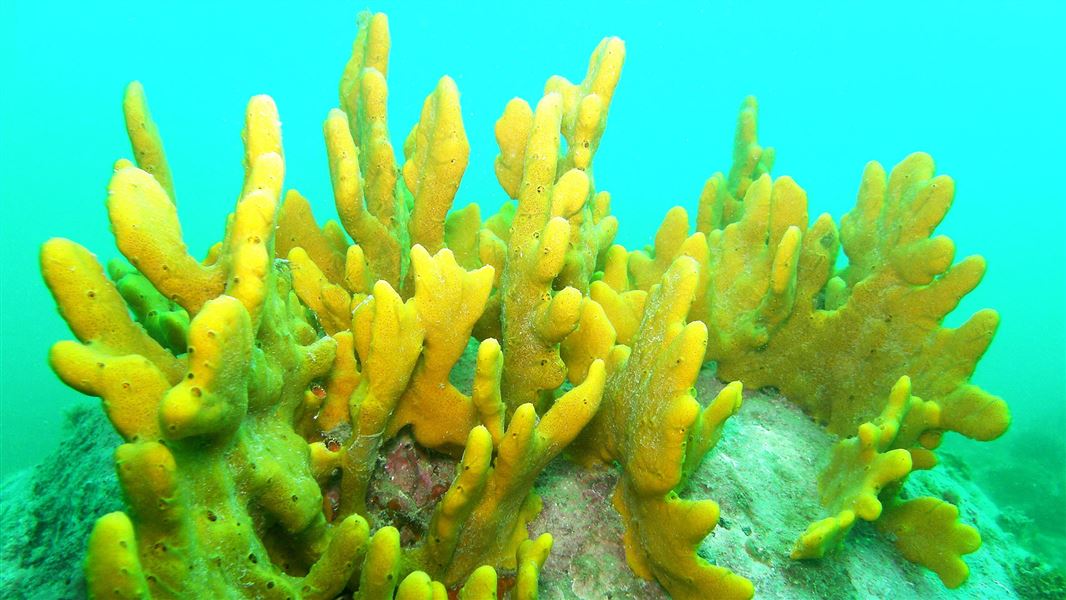
Located in the Nelson/Tasman region
Introduction
Horoirangi Marine Reserve lies north of Nelson city along the eastern side of Tasman Bay/Te Tai-o-Aorere. The reserve offers something for everyone. From walking and exploring the intertidal zone, to snorkelling, diving, kayaking and boating.The reserve was established in 2005 and has an area of 904 hectares